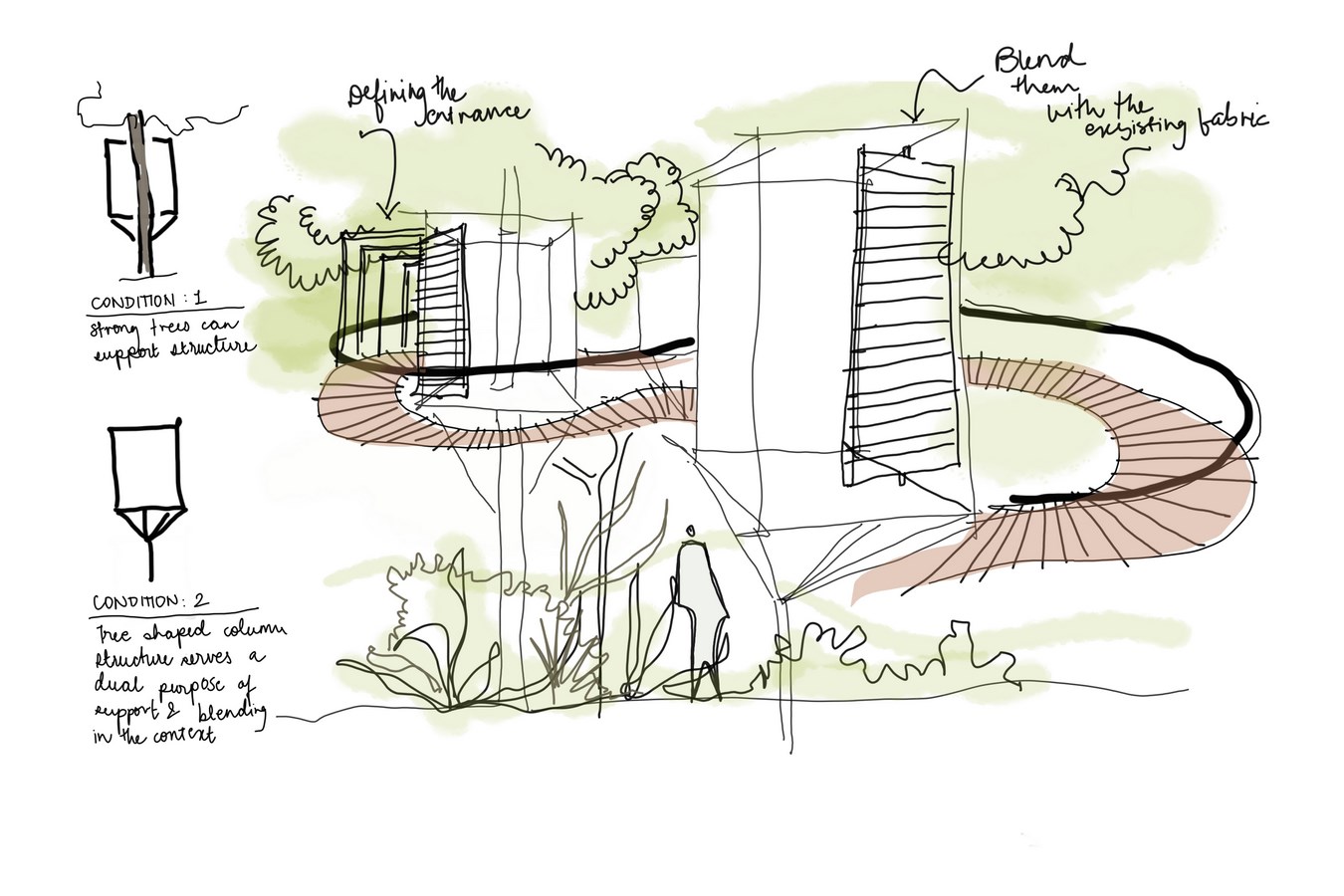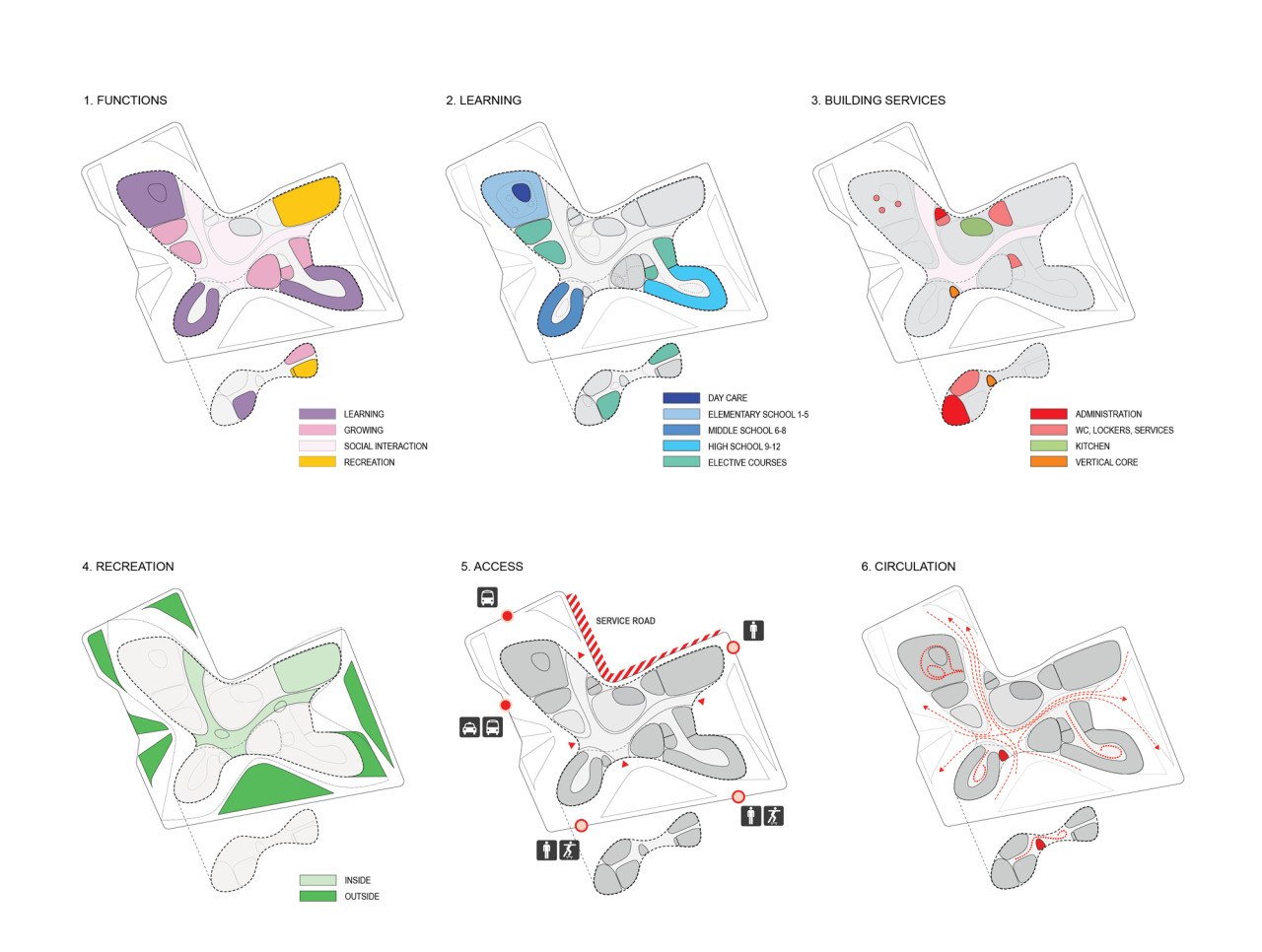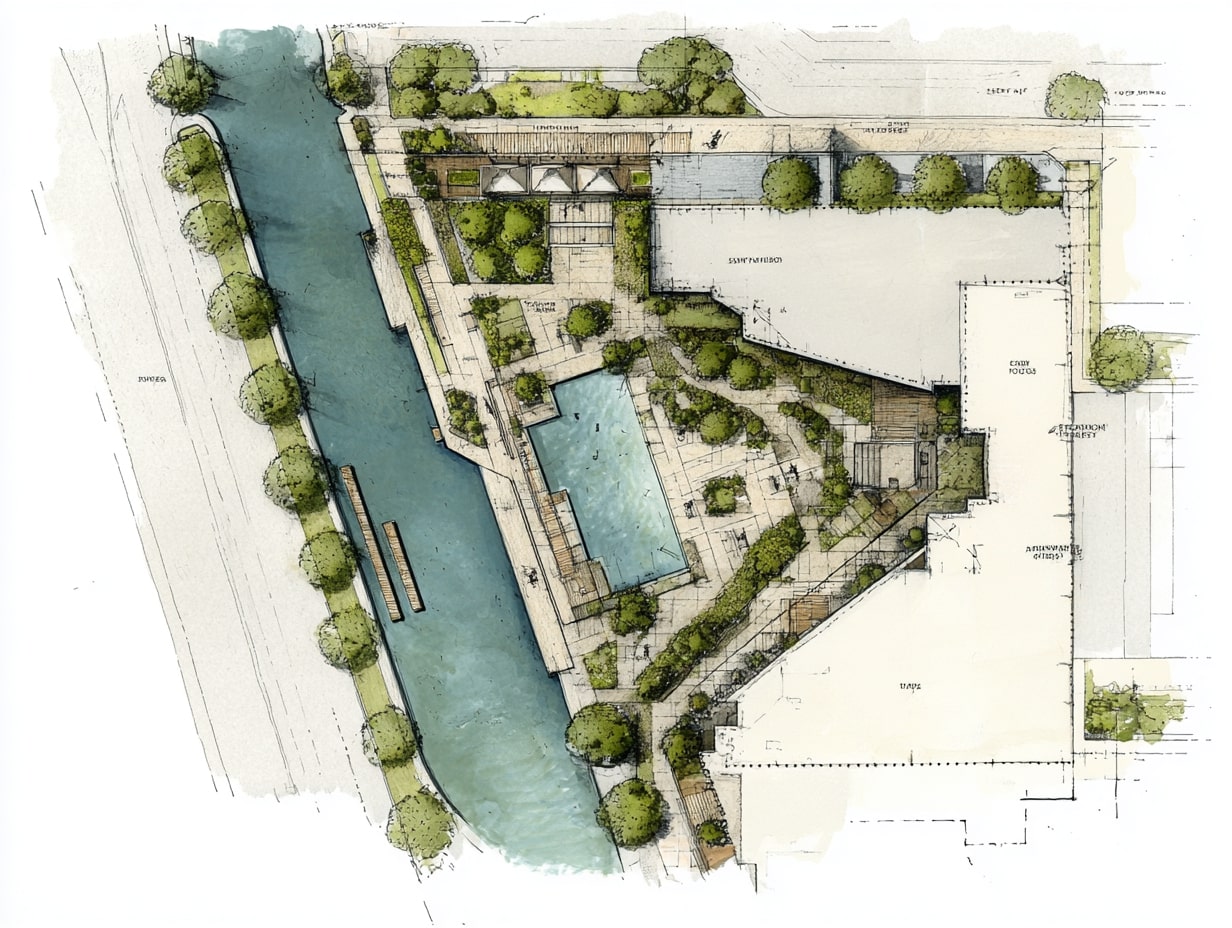- Home
- Articles
- Architectural Portfolio
- Architectral Presentation
- Inspirational Stories
- Architecture News
- Visualization
- BIM Industry
- Facade Design
- Parametric Design
- Career
- Landscape Architecture
- Construction
- Artificial Intelligence
- Sketching
- Design Softwares
- Diagrams
- Writing
- Architectural Tips
- Sustainability
- Courses
- Concept
- Technology
- History & Heritage
- Future of Architecture
- Guides & How-To
- Art & Culture
- Projects
- Interior Design
- Competitions
- Jobs
- Store
- Tools
- More
- Home
- Articles
- Architectural Portfolio
- Architectral Presentation
- Inspirational Stories
- Architecture News
- Visualization
- BIM Industry
- Facade Design
- Parametric Design
- Career
- Landscape Architecture
- Construction
- Artificial Intelligence
- Sketching
- Design Softwares
- Diagrams
- Writing
- Architectural Tips
- Sustainability
- Courses
- Concept
- Technology
- History & Heritage
- Future of Architecture
- Guides & How-To
- Art & Culture
- Projects
- Interior Design
- Competitions
- Jobs
- Store
- Tools
- More
A Guide to Creating Architecture Diagrams

Diagrams help to illustrate the relationship between different components of a system or building, clarify design decisions, and facilitate collaboration between team members of an architectural project. Creating effective architecture diagrams requires a deep understanding of the project’s goals, requirements, and constraints, as well as the ability to choose the right visual elements and design principles. In this guide, we’ll explore the key concepts and techniques for creating clear, concise, and compelling architecture diagrams that effectively communicate your ideas and vision. Whether you’re a seasoned architect or just starting out, this guide will provide you with the knowledge and skills to create effective architecture diagrams that help bring your projects to life.
Creating an architecture diagram requires careful consideration of the purpose and scope, identification of the components, choosing the right tool, creating a rough sketch, refining the sketch, using standard symbols and notations, adding details, reviewing and revising, and finalizing the diagram. Following these steps will help to create an effective architecture diagram that provides a clear understanding of the components and their relationships.

Architects create diagrams in a variety of situations, but some common examples include:
-During the design phase of a project, architects create diagrams to communicate their ideas and concepts to clients and team members. These diagrams might include sketches, floor plans, elevations, and 3D models.
-Architects create diagrams as part of the construction documentation process to provide detailed information on materials, dimensions, and specifications for contractors and builders.
-Architects may create diagrams to illustrate compliance with building codes and regulations, such as fire safety, accessibility, and structural requirements.

– Architectural diagrams can be created for presentations to demonstrate the design and functionality of a project to clients, stakeholders, and the public.
-Diagrams can be used to analyze and optimize different aspects of a project, such as energy efficiency, natural lighting, and space utilization.
In the rest of this article, we talked about the steps that architects must follow to create diagrams.
Step 1: Define the Purpose and Scope
The first step in creating an architecture diagram is to define the purpose and scope of the diagram. This will help to determine what information needs to be included and the level of detail required. Consider the audience for the diagram, what questions it needs to answer, and the level of technical detail required.
Step 2: Identify the Components
Identify the components that need to be included in the diagram. This may include the building or structure, the surrounding environment, and any other relevant features. Consider the relationships between the components and how they interact with each other.

Step 3: Choose the Right Tool
Choose the right tool for creating the architecture diagram. There are many different tools available, including paper and pencil, whiteboards, software applications, and online tools. Consider the level of detail required, the complexity of the diagram, and the intended audience when choosing a tool.
Step 4: Create a Rough Sketch
Create a rough sketch of the architecture diagram. This will help to visualize the components and their relationships. Consider the layout of the diagram and the visual hierarchy of the information.
Step 5: Refine the Sketch
Refine the rough sketch of the architecture diagram. Add more detail to the components and their relationships. Use labels and annotations to provide additional information.

Step 6: Use Standard Symbols and Notations
Use standard symbols and notations to represent the components in the architecture diagram. This will help to ensure consistency and make it easier for others to understand the diagram.
Step 7: Add Details
Add additional details to the architecture diagram, such as measurements, materials, and annotations. This will help to provide a more comprehensive understanding of the components and their relationships.
Step 8: Review and Revise
Review and revise the architecture diagram as necessary. Consider feedback from others and make changes to improve clarity and understanding.
Step 9: Finalize the Diagram
Finalize the architecture diagram and ensure that it is clear, concise, and accurate. Consider the intended use of the diagram and ensure that it meets the needs of the intended audience.
Finally, project managers should create diagrams because they need to understand how to use architecture diagrams to ensure that all team members are aligned with the project’s goals and requirements. Students and educators also create diagrams, due to they want to learn more about the principles and techniques of creating effective architecture diagrams.

Submit your architectural projects
Follow these steps for submission your project. Submission FormLatest Posts
General Arrangement Drawings in Architecture: The Backbone of Clear Design Communication
General Arrangement Drawings explained: what they are, when to use them, how...
The Ultimate Guide to Fencing in North Dakota: Choosing the Best Fence for Your Property
Watching a chain link fence twist in 70 mph winds near Minot...
Gaudí: Where Architecture Meets Science
Gaudí: Where Architecture Meets Science shows catenary arches, ruled surfaces, and biomimicry...
How Housing Market Forces Shape Architectural Design Today
Architecture never exists in isolation. Buildings rise from a mix of ambition,...












Leave a comment